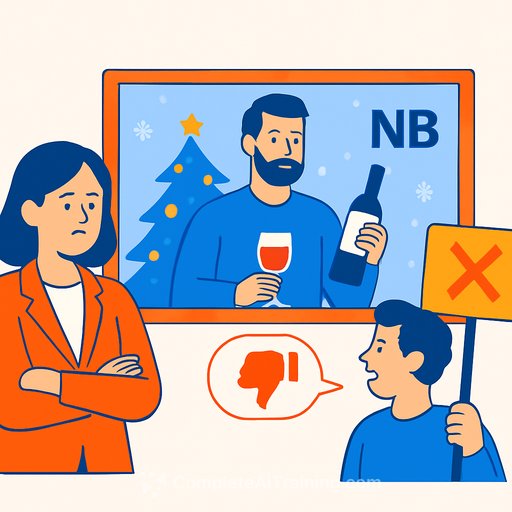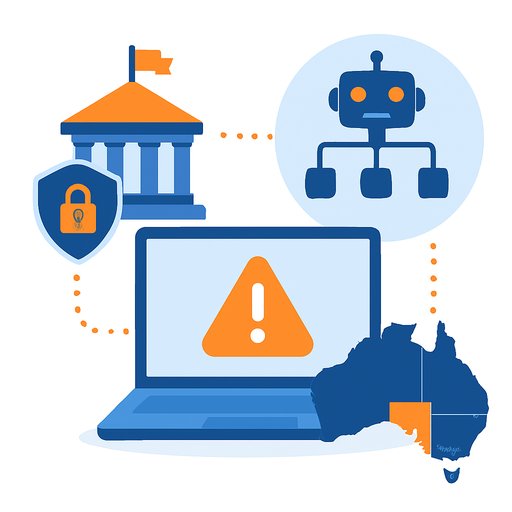USPTO Sets Clear AI Priority Under Director John Squires
Artificial intelligence is now front-and-center at the US Patent and Trademark Office. In his first public address at the American Intellectual Property Law Association's annual meeting, Director John Squires said AI will be a top priority-both as a tool to improve the agency's work and as patent-eligible technology.
He also noted the USPTO has funding to operate as normal despite a shutdown "through the end of the year and then some." If your agency plans filings, exams, or fee payments, expect business as usual.
What this means for government professionals
- Agency counsel and policy teams: Expect more focus on how AI-related inventions are examined. Monitor eligibility guidance and be ready to advise on timing, claim scope, and disclosures.
- R&D agencies and labs: Treat AI models, training methods, datasets, and evaluation pipelines as potential IP. Tighten documentation and provenance to support filings.
- Tech transfer offices: Coordinate invention disclosures earlier for AI-heavy projects. Clarify ownership and rights under Bayh-Dole for federally funded research.
- Procurement and program managers: Bake IP terms into AI vendor contracts. Ensure data rights, model weights, and fine-tuned artifacts are addressed up front.
Operational focus inside the USPTO
AI will be used to improve the office's own work. Expect moves that aim for better search, more consistent examination, and faster throughput. For filers, that can translate into tighter timelines and clearer expectations-so preparation matters.
Immediate actions to consider
- Audit active AI projects: Identify what is patentable now versus what should remain as trade secret. Map timelines against anticipated filings.
- Strengthen records: Keep detailed logs of training data sources, model versions, prompt strategies, and evaluation results. This supports enablement and reduces disputes.
- Update templates: Refresh SOWs, CRADAs, OTAs, and grant language to reflect AI-specific IP terms and data rights.
- Plan for continuity: With USPTO funding stable, treat deadlines and office actions as on schedule unless the agency states otherwise.
What to watch next
- Any examiner guidance or pilot programs involving AI-assisted search or consistency checks.
- Public engagement through meetings or requests for comments on AI-related patent eligibility.
- Signals on timing and quality metrics that could affect filing strategy and portfolio planning.
Where to stay current
- US Patent and Trademark Office - for official notices, guidance, and operational status.
- American Intellectual Property Law Association - for practitioner perspectives and policy updates.
Building AI skills across your team
If your office is expanding its AI footprint, upskilling helps filings and procurement move faster with fewer surprises.
- Curated AI courses by job role - useful for legal, IT, and program teams working with AI vendors or research partners.
Your membership also unlocks:






